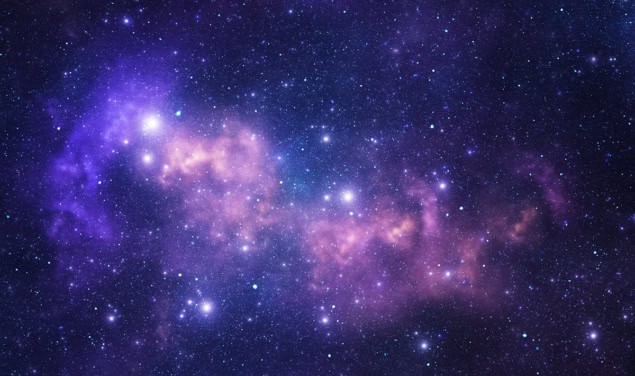Statistical methods help us understand stars based on aperiodic observations

Periodic changes in celestial bodies provide astronomers with a great deal of information about the universe. Sporadic alterations in a star’s brightness could be a signature of it being part of a binary system or indicate the presence of an orbiting planet. And the periodic rotation of objects in the Kuiper Belt tells us about planet formation and the development of our solar system. But these changes are rarely perfectly regular, so astronomers have developed a range of statistical methods to characterize aperiodic observations.
Now, mathematical statisticians from North Carolina State University have compared the robustness of these various methods for the first time. The team investigated the success of four different methods using the same simulated data, and were able to develop a list of recommended usage and limitations that will be essential guidance for all observation astronomers.
Read the full article
A statistical primer on classical period-finding techniques in astronomy
Naomi Giertych et al 2024 Rep. Prog. Phys. 87 078401
